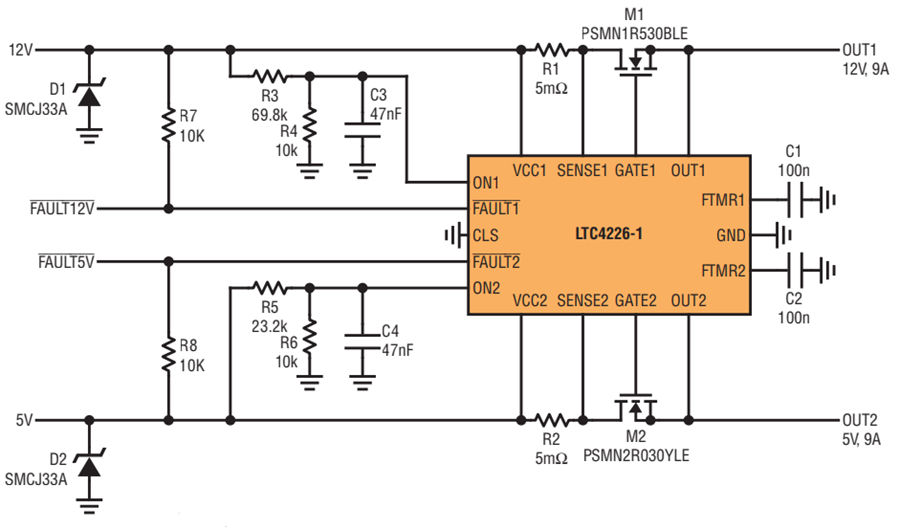MOSFET Safe Startup Design – Protect Your Circuits from the First Switch-On

When working with power electronics, a safe startup design for your MOSFET is essential. If not handled properly, a MOSFET can turn on too quickly, leading to inrush current, voltage spikes, or device damage—especially during the initial power-up.
⚠️ The Problem: Sudden Startup = MOSFET Stress
On startup, capacitive loads (like LED drivers or motor controllers) can draw a large surge of current. If your MOSFET switches fully on without delay, this current can overheat it or damage downstream components. This is a common oversight in DIY circuits.
✅ The Solution: Gate Resistors + Soft-Start Circuits
To prevent harsh startup:
Add a gate resistor (typically 10Ω–100Ω) to slow down the MOSFET’s switching speed.
Use a soft-start circuit (e.g., RC network or a dedicated IC) to ramp up gate voltage gradually.
Ensure proper Vgs control to avoid accidental turn-on due to floating inputs.
🔧 Practical Example
Suppose you’re powering a 12V LED panel using an N-channel MOSFET. Without a gate resistor, it turns on instantly, causing a flash or voltage dip. By adding a 47Ω gate resistor, you reduce the inrush, protecting both the MOSFET and the panel.
📏 Sample Calculation
Charging time for gate (τ) = R × C
Assuming R = 47Ω, Cgs = 500pF
τ = 47 × 500e-12 = 23.5ns — slows the switch just enough to ease startup.
🛒 Product Suggestion: Build Safer with Indian-Made Parts
Choose MOSFETs and resistor kits designed and made in India:
Shop now at SmartXProKits.in — Support our work and India’s innovation—buy from our Make in India site!




















